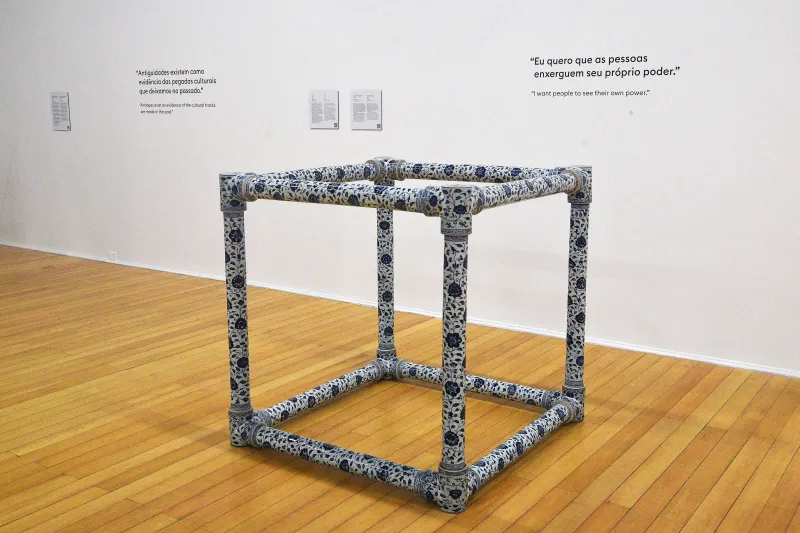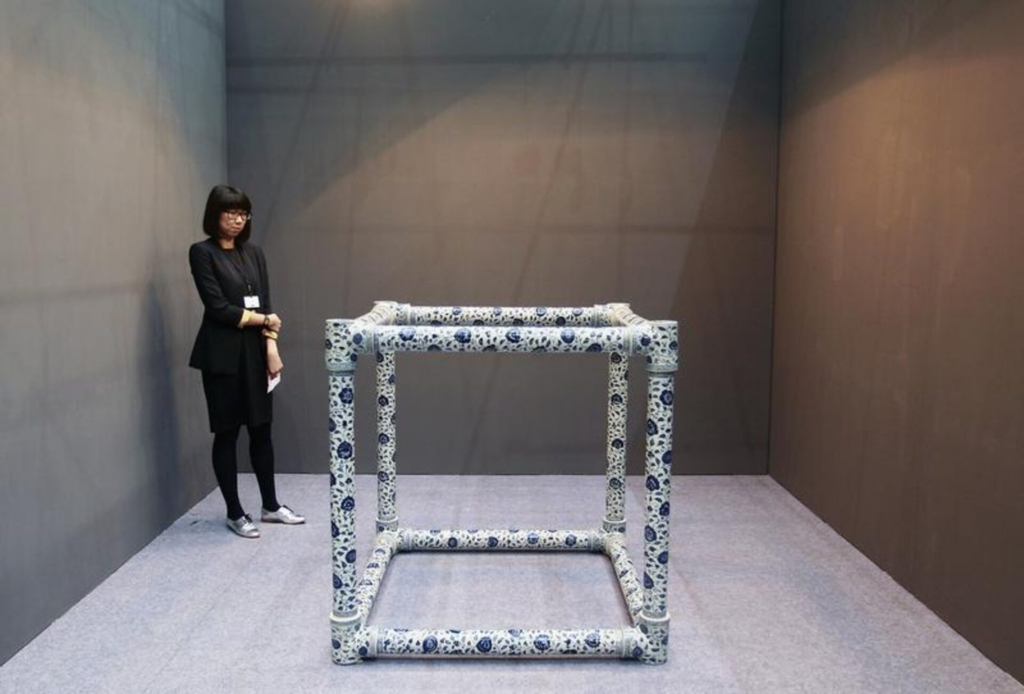
porcelain cube
Let me paint you a picture: it’s 10:47 AM on a Tuesday, and I’m sitting at my desk, pretending to be productive. My to-do list is staring me down like an angry cat, and I’m definitely supposed to be answering emails. So, naturally, I decide to “take a quick break” and play a game. You know the type—harmless, casual, browser-based. No downloads, no drama. Just five minutes of chill. porcelain cube
Fast forward an hour, and I’m still glued to the screen, rotating a gloriously shiny ceramic cube like it’s the most important mission of my life. What happened? One word: porcelain cube
Porcelain Cube.
Never heard of it? Buckle up, friend, because I’m about to drag you into my latest gaming obsession—whether you like it or not.
So, What Is Porcelain Cube, and Why Is It So Dang Addictive?

Porcelain Cube is a browser puzzle game that somehow manages to be relaxing and brain-melting at the same time. The whole premise revolves around—you guessed it—a cube made of porcelain. But this isn’t just some random hunk of digital pottery. Oh no. This thing is covered in beautiful, intricate patterns that you have to rebuild by dragging and dropping the right pieces into the right places.
Sounds simple, right? Yeah… until the fifth level, when the cube starts fighting back like it has a personal grudge against you. porcelain cube
Every face of the cube has a unique pattern—some are flowery, some geometric, some just plain trippy—and your job is to complete the design without breaking anything. It’s part puzzle, part art restoration, part “please don’t crack the cube again, I’m begging you.”
How I Accidentally Became a Porcelain Cube Enthusiast
I didn’t mean to fall in love with this game. Truly. I found it by accident while scrolling through a site full of random browser games (aka the digital equivalent of window shopping). I clicked on it because the cube looked pretty. That’s it. I was just looking for a quick dopamine hit between meetings. porcelain cube
But then… something clicked. Literally.
That first moment when a tile snapped into place, and the cube gave me that subtle, satisfying clink? Oh man. My brain lit up like a Christmas tree. I was like, “Okay, maybe just one more level.” (Narrator: It was not just one more level.)
Next thing I know, I’ve finished five cubes, started mentally categorizing tile patterns like a ceramics expert, and developed a weird new respect for ancient pottery. What is my life?
Let’s Talk Gameplay (aka Why You’ll Think You’re a Genius One Second and an Idiot the Next)
Porcelain Cube doesn’t waste your time with long tutorials or overly complex mechanics. It’s got that sweet pick-up-and-play vibe. You start with a blank cube. You get a few scattered tile pieces. You rotate the cube, try to fit the pieces where they belong, and slowly bring the design to life.
Here’s the kicker, though: you can’t just slap tiles on any old surface. You have to pay attention to the patterns—where they start, where they flow, how they curve around corners. And if you mess up too many times? The porcelain cracks. Literally. The cube breaks.
It’s honestly a little heartbreaking when it happens. You feel like you just dropped a priceless family heirloom because you couldn’t tell the difference between two floral motifs. (Been there. Multiple times.)
The Satisfying Chaos of Rotation and Placement
There’s this dance you start doing in Porcelain Cube—twist, zoom, place, back out, rotate, curse, retry. It’s meditative until it’s maddening, and then it loops back to meditative again.
What makes it weirdly satisfying is how tactile it feels. Even though it’s all happening in a browser, the feedback is crisp. The sounds are subtle but juicy. The cube feels like something you could actually hold in your hands. There’s a real “click” when you get it right and a “crack” when you don’t. It’s like your mouse is judging you.
Also, those tiny details in the patterns? They matter. Like, a lot. I once spent 10 minutes staring at a single corner trying to figure out why the vines didn’t match up—only to realize the piece was upside down the whole time. Classic.
Tips I Wish Someone Had Told Me Before I Cracked Five Cubes in a Row
Alright, let me pass along some wisdom from someone who’s definitely failed more than they’d like to admit:
1. Zoom All the Way In
Those little dots, lines, and brushstrokes? Yeah, they’re important. Zoom in like you’re a detective solving a porcelain murder mystery.
2. Corners Are Your Friends
When in doubt, start from the corners. It’s easier to work outward than to guess at the middle pieces. Trust me on this.
3. Rotate Like Your Life Depends on It
Seriously. Every face matters. Check all sides before placing anything. One wrong move can mess up three patterns at once.
4. Match the Glaze, Not Just the Pattern
Sometimes the glare or shine on the tile is the only clue you get. If it doesn’t look like it fits, it probably doesn’t.
5. Undo is Limited—Use It Like Gold
Don’t blow all your undos trying to fix one side. Think ahead. Or, you know, be stubborn like me and rage restart the level.
The Aesthetic? Chef’s Kiss.
Can we take a moment to appreciate how absolutely gorgeous this game is?
Porcelain Cube isn’t just fun to play—it’s legitimately one of the prettiest browser games I’ve ever seen. The patterns are elegant and diverse, drawing inspiration from actual historical ceramics. You’ll get Chinese blue-and-white dragons, Moroccan mosaic tiles, Japanese minimalist designs… it’s like traveling the world through pottery.
I didn’t expect to learn anything from a puzzle game, but here we are. I’m suddenly interested in the difference between Ming and Qing dynasty glazes. This game turned me into an art nerd and I’m not even mad about it.
The Perfect Casual Game for Overthinkers
Here’s what I love most about Porcelain Cube: it respects your time and your brain. You can play for five minutes or five hours. You don’t need to create an account, buy DLCs, or collect 500 golden coins to unlock the next level. It’s just there. Quiet. Polished. Waiting for you to rotate, match, and solve.
It’s challenging without being punishing. Chill without being boring. You can totally vibe out and listen to lo-fi beats while solving a cube—or go full strategist and analyze every tile like it’s a logic puzzle from space.
Basically, it scratches a bunch of itches at once. And it doesn’t ask much in return—just your sanity when the patterns start looking identical and your cube is one crack away from shattering into a thousand pieces.
Stuff I’d Love to See Added (Not That I’m Complaining)
Look, Porcelain Cube is already great. But if the devs are reading this (hi, I love you), here’s my wish list:
- Daily Puzzle Mode – Give me a new cube every day. I’ll literally never stop playing.
- User-Generated Designs – Let me make my own cursed cube and challenge my friends.
- More Tile Themes – Give me Gothic windows, Art Deco madness, or maybe even meme cubes? (Okay, maybe not that last one… or maybe yes?)
- Mobile App – Please. I need this in my life during commute hours.
Final Verdict: Play It. Just… Maybe Clear Your Afternoon First
Porcelain Cube snuck up on me like a silent ninja of pure joy. It’s elegant, relaxing, and somehow manages to turn tile rotation into a deeply satisfying experience. I went in expecting a quick puzzle and came out a changed person with a deep admiration for 18th-century ceramics.
If you’re even remotely into puzzle games, or you just need a browser game to play while pretending to work (no judgment), you owe it to yourself to check this one out.
Just don’t blame me when your five-minute break turns into a porcelain-themed all-nighter. porcelain cube






